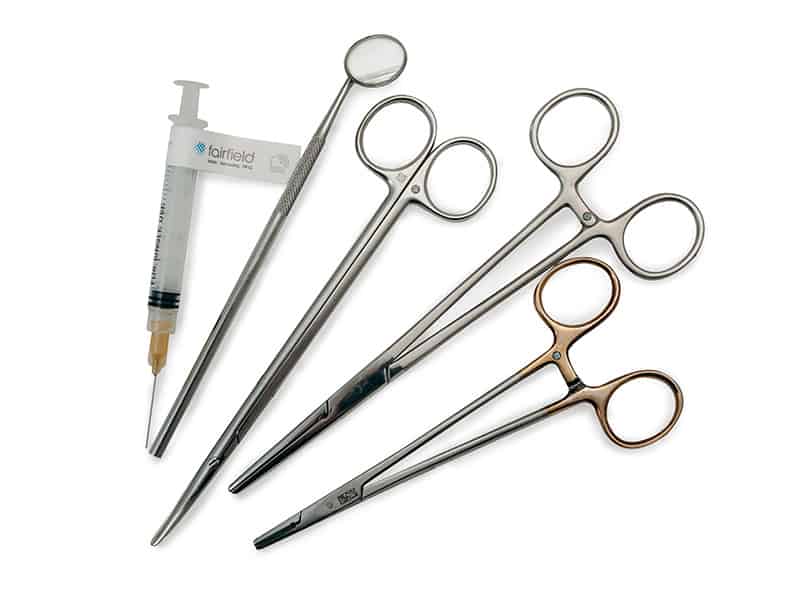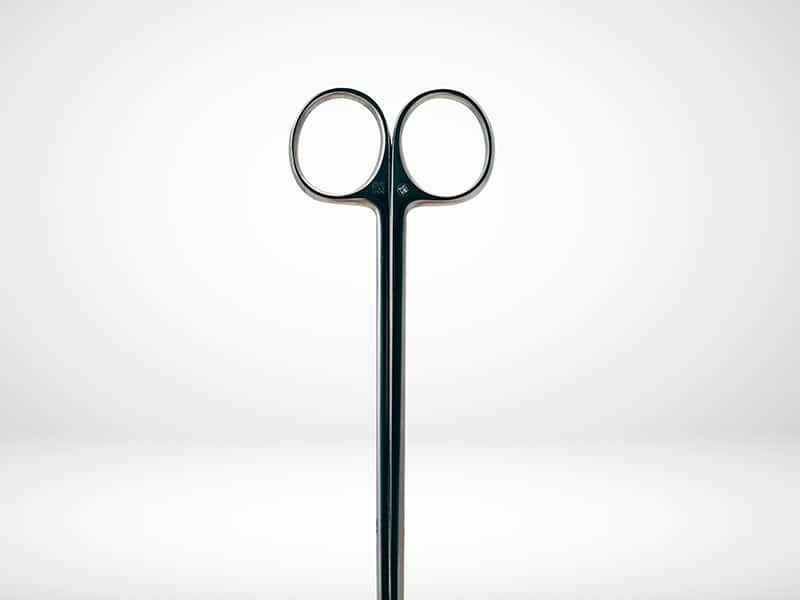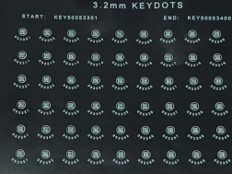Surgical Instrument Marking
At Fairfield we are experts in the marking of surgical instruments for track & trace purposes. We can do this in one of two ways, Key dots and Direct Laser Marking.
| Client | NHS |
|---|---|
| Services | KeyDots & Laser Marking |
| Year | Current |
| Share |
|---|
Key dots are an effective and affordable solution for tracking individual surgical instruments and can be incorporated into most existing instrument tracking software.
They are small, laser-engraved Datamatrix barcode labels that can be applied directly to an instrument’s surface. Each key dot contains a unique number or a hospital’s GS1 code, allowing them to be tracked individually throughout the whole sterilisation, usage and cleaning cycles. Key dots are available in a number of sizes, starting from just 3.2mm in diameter and are available in sheets of 100.
Designed to withstand harsh environments and temperature conditions, key dots can last up to 200 processing cycles and have been scientifically evaluated for sterility and biocompatibility by an independent medical testing laboratory who have established that key dots are safe for use on surgical instruments.
Direct Laser Marking, instead of using a tiny applied label, we would mark the instrument’s surface with a durable marking. As above, we can supply a range of sizes of markings, from 3.2mm upwards.
For this method, we would offer a bureau-marking service where we would mark your instruments in our in-house facility and then return the marked instruments back to you. All we would need is your GS1 numbering details and we can do the rest for you.



How are key dots applied?
The application of key dots is quick and easy. Simply clean the application thoroughly to ensure it is free from any grease or contaminants, lift the required key dot from its sheet with tweezers and apply to the selected area on your instrument. Then, apply a firm pressure to ensure 100% contact between the key dot and your instrument, before sterilising the instrument, which will help ‘wet-out’ the adhesive to form a strong bond.
How do key dots work?
The key dot links a specific instrument to a data file within the hospital’s software application, so that a particular instrument can be tracked through the entire instrument processing cycle.
Instruments with a key dot identifier are scanned using a 2D barcode reader. Fairfield can supply a range of hand-held or fixed-head scanners to suit your process preference.